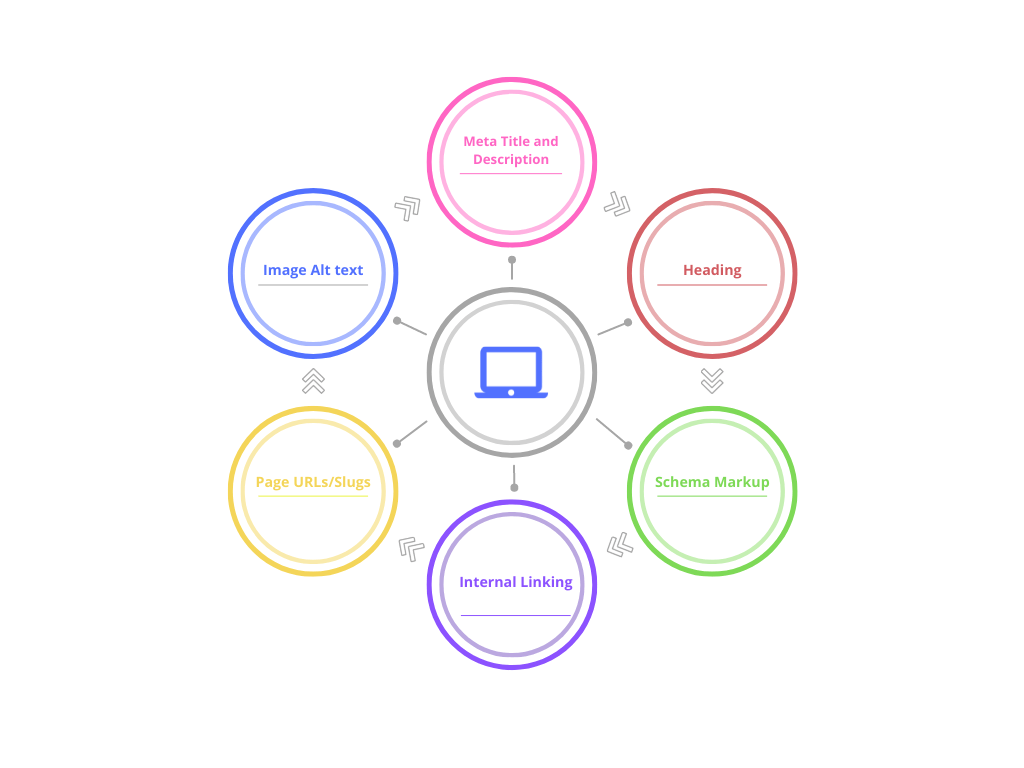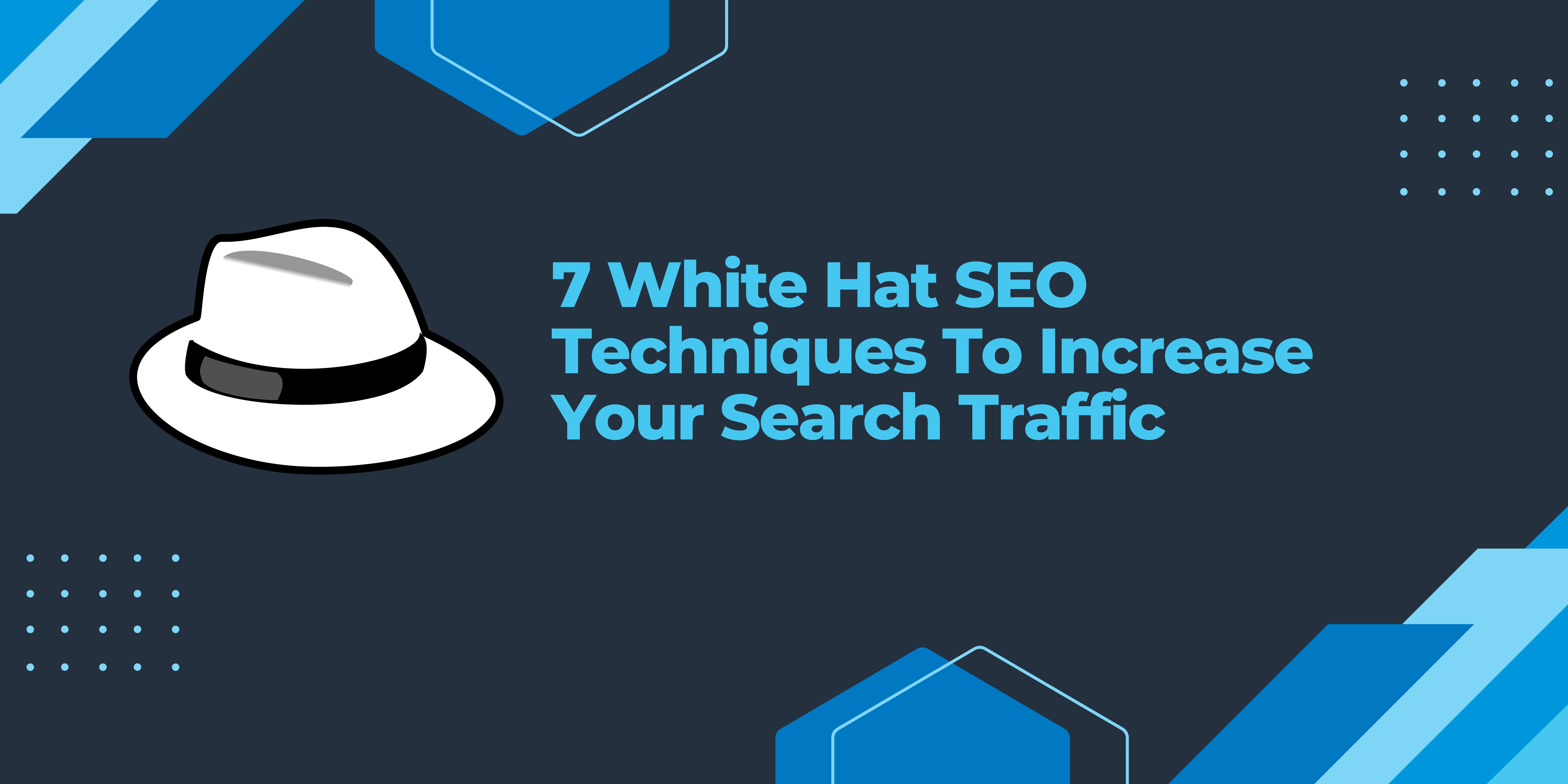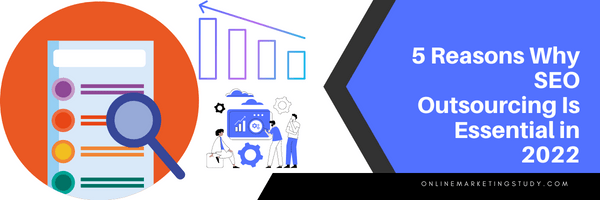It’s crucial to move slowly and thoroughly if you want to dominate your competitors on Google. Use these 8 white hat SEO strategies to enhance your outcome.
To achieve the greatest results, you must concentrate on enhancing your position in the organic (non-paid) search results, which entails increasing targeted organic traffic and steadily establishing your reputation and credibility as a subject-matter authority on the internet.
Fortunately, there are a few white hat strategies that can help you outrank your rivals by taking into account Google’s important ranking variables.
When determining which items are displayed at the top of Google’s search results, the search engine’s algorithm takes five key factors into account:
- The intent behind your inquiry.
- relevancy of a website.
- high-quality content
- usability of a website.
- Setting and context
If you manage these five criteria, you will be putting yourself in a position to outperform the competition.
Here Are 7 White Hat SEO Techniques To Increase Traffic
I. Keyword Research
II. Content Marketing Plan
III. On-Page Optimization
- Meta Title and Description
- Heading
- Image Alt text
- Schema Markup
- Page URLs/Slugs
- Internal Linking

IV. Page Experience
V. Mobile First
VI. User Experience
VII. Google Business Listing
A Google Business Profile Has These Top 5 Benefits
- Free advertising that is quicker and more affordable than sponsored search.
- Geographically relevant businesses are given preference by Google Maps/3-Pack.
- A professionally made profile makes a good first impression.
- High star ratings build authority and offer social proof.
- getting insights from profile performance checks.
Conclusion:
A recent study discovered that search engines account for roughly half of all website traffic. You’re throwing away a lot of money if you don’t use these strategies. The good news is that getting started doesn’t take much time or effort.
Use them, but be sure to pair them with other SEO best practises like emphasising user experience, coming up with fresh content, and ensuring your site loads swiftly.



